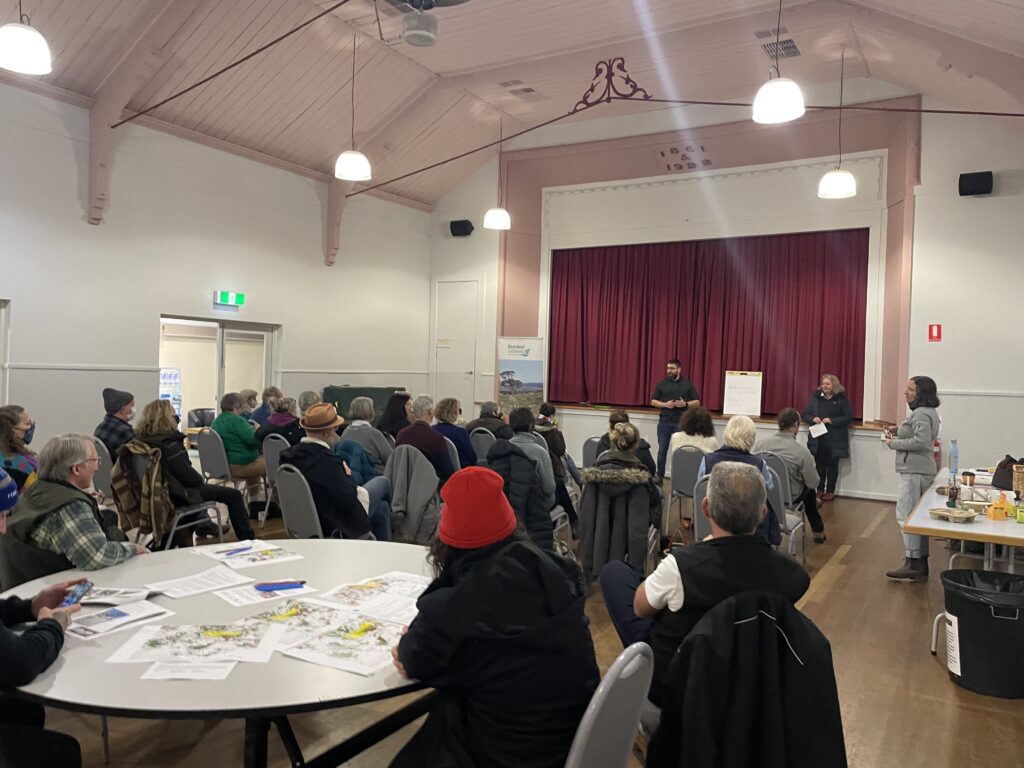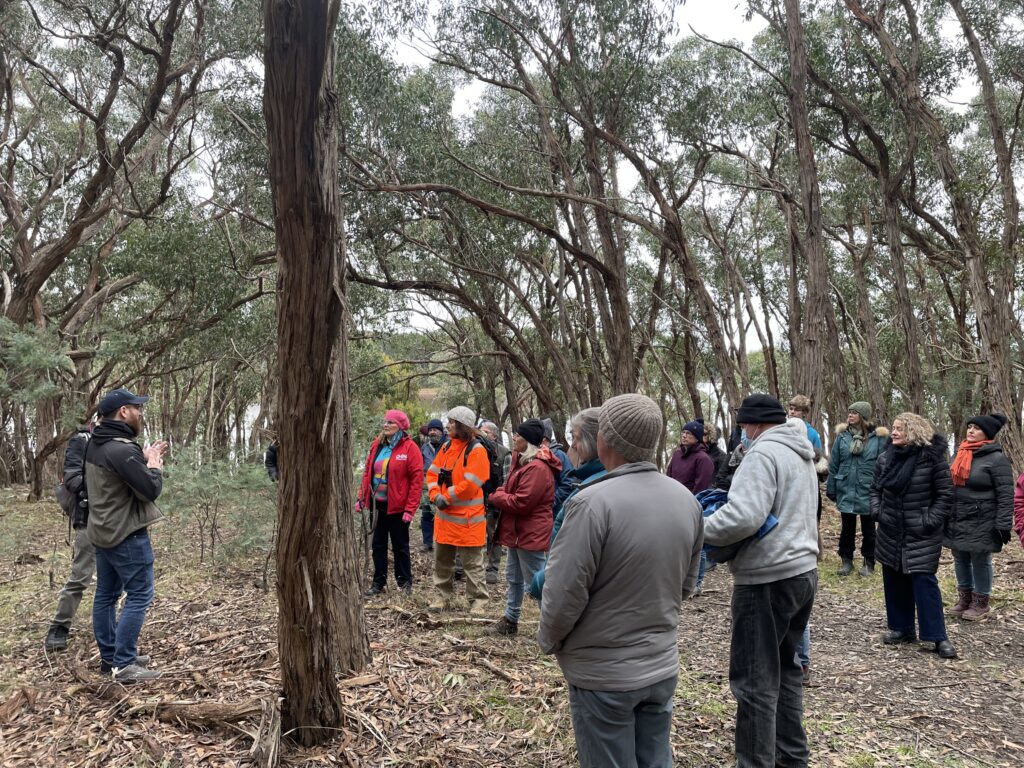Collect & Submit Koala Data
Addressing knowledge gaps in Koala populations
Following our pilot program and co-design workshop, we are now beginning to collect on-ground data of Koala populations in the region. There are lot’s of different ways you can contribute to this process, which will lead to better management decisions for this iconic Australian animal.

How you can contribute
Citizen scientists (you) have an incredibly important role to play in the collection of data for this project. There are two main ways people can contribute data; observations and transects.
Observations
Observations are sightings of Koalas that are recorded through iNaturalist. You can download iNaturalist on your smartphone and every time you see a Koala you can simply take a photo and upload it to iNaturalist. Once uploaded this data becomes publicly available. More data means better decisions can be made to protect Koalas.
The downside of relying solely on observations is that we only record where Koalas are, and not where they aren’t. Knowing where Koalas are not present is just as important, and can help us to understand why Koalas are declining.
Transects
Transects are a more structured method of collecting data, which can be useful in bringing some robustness to looking for koalas rather than relying on just ad-hoc sightings. It is also beneficial when you want to understand population trends and activity over time and/or you want to survey new areas of potential koala habitat. While the name of this method may sound complicated, it is actually quite simple and is explained in depth below.
To collect more accurate data we are looking for people who wish to establish transects on their property, or be designated a transect to monitor.
Establishing and performing a transect survey
This methodology is useful when walking the same transect repeated at a certain time period (e.g. monthly, annually) to understand abundance over time. If there is only one observer, this is a single count transect. If two observers walk the same transect independently, it is a double count transect.
The steps to complete a transect are simple once an area has been chosen and involves recording information as you walk the survey area.
What you'll need

Performing the survey
- 1. Choose a transect that you will be able to walk each time you re-visit. A road or a track is suitable as it has more chance of staying cleared of vegetation. The transect does not have to be linear. Length is also your choice, but one to two kilometres should be a minimum length.
- 2. On your data collection sheet record your starting point of the transect using a GPS or get coordinates from your phone. Record time started and observer names.
- 3. Walk along the transect scanning the surrounding trees for koalas. Binoculars are handy to check sightings.
- 4. Record sightings with GPS (or record coordinates from phone) and record what the koala is doing.
- 5. Record the GPS coordinates at the end of the transect and the time.
- 6. Share your completed sheet with MCLG coordinator
Using Google maps to record GPS points and measure distance
Using your phone to record GPS points and measure the distance of your transect is a convenient and accurate way to capture this information.
Taking a GPS point using Google maps on your phone
- 1. Open Google Maps
- 2. Zoom into your location on the map
- 3. Hold down your finger on your location until a red pin appears
- 4. Copy the coordinates shown
Measuring the distance of a transect using Google maps on your phone
- 1. Open Google Maps
- 2. Zoom into your starting location on the map
- 3. Hold down your finger on your location until a red pin appears
- 4. Press ‘measure distance’
- 5. Trace your transect path pressing ‘add point’ when required
- 6. Record the distance shown in the bottom left corner
Submit your data
Every bit of data helps, and paints a clearer picture of what is happening to our Koala populations. Aside from your completed transect data sheets you can also send through photos of Koalas, photos of Koala scratchings, and photos of Koala poo. Send these to [email protected] or follow the link below.
Sign up to be designated a transect
With the information provided above you can set up a transect anywhere, but there are some specific locations where we would like to collect data from. These specific locations are areas that we need to increase available data to improve population modelling and address key knowledge gaps. If you’re interested in being assigned a transect, or working with other volunteers, please get in touch.